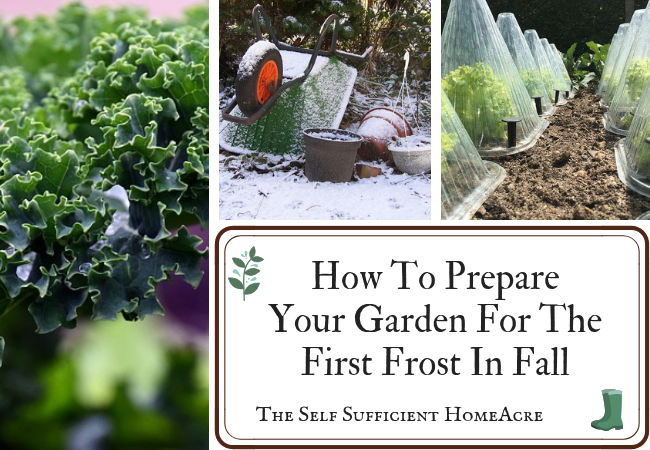
How to Prepare Your Garden for The First Frost in Fall
Homesteaders often need to make the most of their garden to fill their larder for the winter. Knowing how to prepare your garden for the first frost can help you put up some extra produce at the end of the season. Take a few extra steps to squeeze the most out of your autumn garden with these tips.
This post contains affiliate links or advertisements. You won’t pay extra but I may earn a small commission if you purchase products through those links. Thank you for supporting The Self Sufficient HomeAcre!
When Will The First Frost Hit My Garden?
Although there is no way to know exactly when you’ll have your first frost in autumn, you can get a good idea by visiting this site and entering your zip code. The date specified is the average date of the first frost in your area. In general, your first frost is most likely to hit within 2 weeks of that date. Get a head start to prepare your garden for the first frost before it is expected.
For last-minute preparations, be sure to watch the weather reports for frost warnings. When overnight temperatures are expected to drop below freezing, you’ll have a heads-up.
If your garden is in a low-lying area, it is likely to suffer a frost earlier than the high ground. This is due to cold air settling in low spots. A garden planted close to a building and on high ground will be hit by frost later in the season than the surrounding terrain.
If you are planning a new garden, consider sunny spots and raised beds next to buildings to take advantage of micro-climates that are protected from wind and frost.


Plant Cool Season Crops Before the First Frost
In many areas, the time to plant fall crops is in late summer. Once you know the average date of the first frost in your area you can plan ahead. Plant frost-tolerant crops a month or two in advance so they get a head start. Check out my post on How to Grow More Food with Cool Season Crops.
These plants will survive light frosts but cover them to protect them from hard frosts. Frost-tolerant plants that supply food late in the season include the following:
- Kale
- Broccoli #ad
- Brocolli Raab #ad
- Cabbage #ad
- Chinese Cabbage #ad
- Mache #ad or Corn Salad
- Pok Choy #ad
- Tatsoi greens #ad
- Collards #ad
- Swiss Chard #ad
- Turnips #ad
- Rutabagas #ad
- Carrots #ad
- Beets #ad
- Kohlrabi #ad
- Mustard greens #ad
Some varieties are more frost-tolerant and may be harvested much later than others. Collards can survive pretty cold temps and some varieties of kale may be harvested after several hard touches of frost. Read descriptions in seed catalogs for cold-tolerant varieties.
Frost Hardy Kale Varieties
- Lacinato #ad
- Dwarf Siberian #ad
- Vates Blue Curled #ad
- Red Russian #ad
Harvest Frost-Tender Produce
You may cover and save heat-loving crops through a few light touches of frost, but they should be harvested or covered with a cold frame before a killing frost to prevent damage. Bring in any ripe produce such as peppers, okra, tomatoes, summer squash, green beans, winter squash, and eggplant.
Place green tomatoes on a sunny windowsill, or wrap them in newspaper and store them in your basement or another cool spot. Check them often and bring them out to ripen on the windowsill as you need them. Make a batch of fried green tomatoes. Preserve the harvest if you can’t use it all up right away.
Although pumpkins and winter squash can handle a light frost, they won’t store well after a hard frost. Harvest, cure, and store them before the temperatures drop too low.
Check out my posts on How to Harvest and Store Root Crops and How to Harvest and Store Pumpkins and Winter Squash.
Grow Plants Under Cover
Cool-season crops planted in a cold frame, row cover, or unheated greenhouse may be kept through the winter in some areas. In cold climates, you may need heat to keep your crops from freezing. Passive solar heating methods save energy. Use black containers filled with water to absorb heat from the sun and radiate warmth at night.
Cold frames, greenhouses, floating row covers, hot caps, and growing tunnels are all great ways to extend your growing season for a couple of weeks at the beginning and end of each season.
Frost-tolerant crops that are protected in a cold frame may last all winter, provided the temperatures aren’t bitter cold. Throw a heavy blanket over the cold frame when frigid weather threatens.
Bring In Containers Well Before the Frost
Grow plants in containers and bring them inside for the winter. Peppers, tomatoes, herbs, flowers, and more can be brought in before the nighttime temperatures get cold. Place them in a sunny window, check and treat for insect pests, and give a light dose of fertilizer after they’ve adjusted to their winter home. Some plants will continue to produce flowers and fruits with some additional light, while others will begin new growth again in spring.
Take Cuttings to Start New Plants
Some garden plants, such as tomatoes, may be grown from cuttings. Take cuttings and bring them inside to start new plants. Dip cut ends in rooting hormone, plant in a soilless medium, and place under lights on a seedling heat mat to induce rooting. Transfer them to a sunny window or grow them under bright lights.
Harvest or Protect Root Crops Before a Hard Frost
Potatoes, beets, carrots, turnips, rutabagas, and other root crops may be overwintered in your garden if you don’t have a root cellar. The easiest solution for harvesting your roots over winter is to place bales of hay or straw directly over the unharvested row. As long as the winter is not bitter cold, you will be able to move the straw aside, dig up enough roots for a week or two, and replace the bale.
If the frost line tends to run deep in your area, you’ll want to harvest those root crops before the ground freezes. Dig crops and store them in a cold storage area in a root cellar, basement, garage, unheated porch, or another area with proper storage conditions.
Potato Varieties for Winter Storage
- Yukon Gold #ad
- Russet Burbank #ad
- Red Norland #ad
- Katahdin #ad
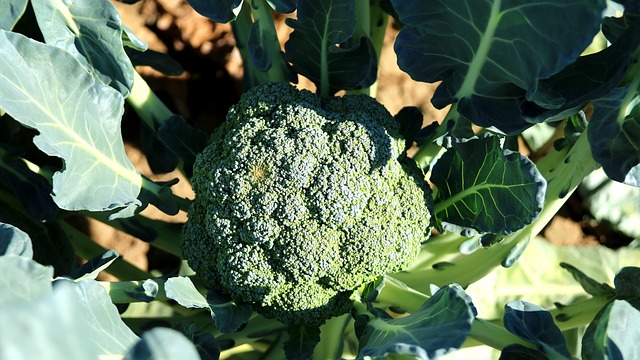
Make The Most Of Your Fall Harvest
When the weather reports call for frost, take a few minutes to scrounge around the garden for those last few veggies. Gather unripened winter squash and pumpkins and use them like zucchini, just peel and remove seeds if they are tough. Pick a bouquet of the last tender flowers. Bring in whatever is edible and use it quickly or preserve it for later.
Homesteaders are very busy people. Sometimes we have trouble getting out to the garden to harvest before the first hard frost. If you won’t be able to harvest the rest of your produce before a frost, throw a heavy tarp or blanket over them in the evening. Keep an eye on the weather forecast for fair warning, and do your best to at least pick the end of the most frost-susceptible veggies the next day.
Share your tips to prepare your garden for the first frost in the comments!


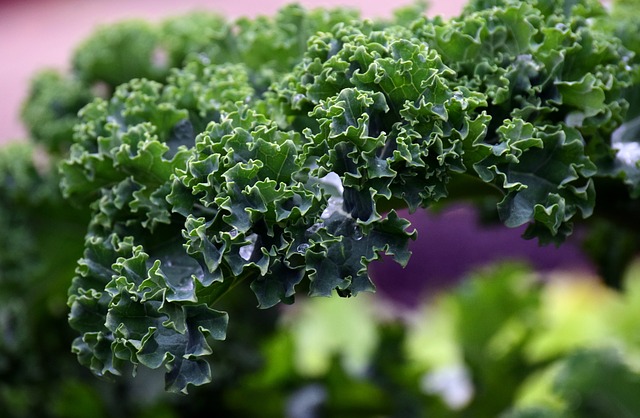






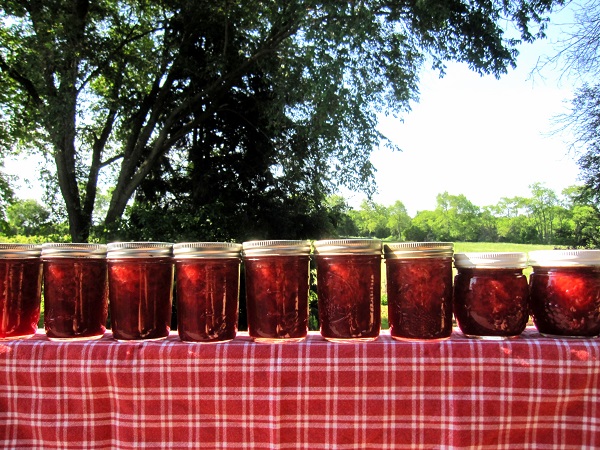
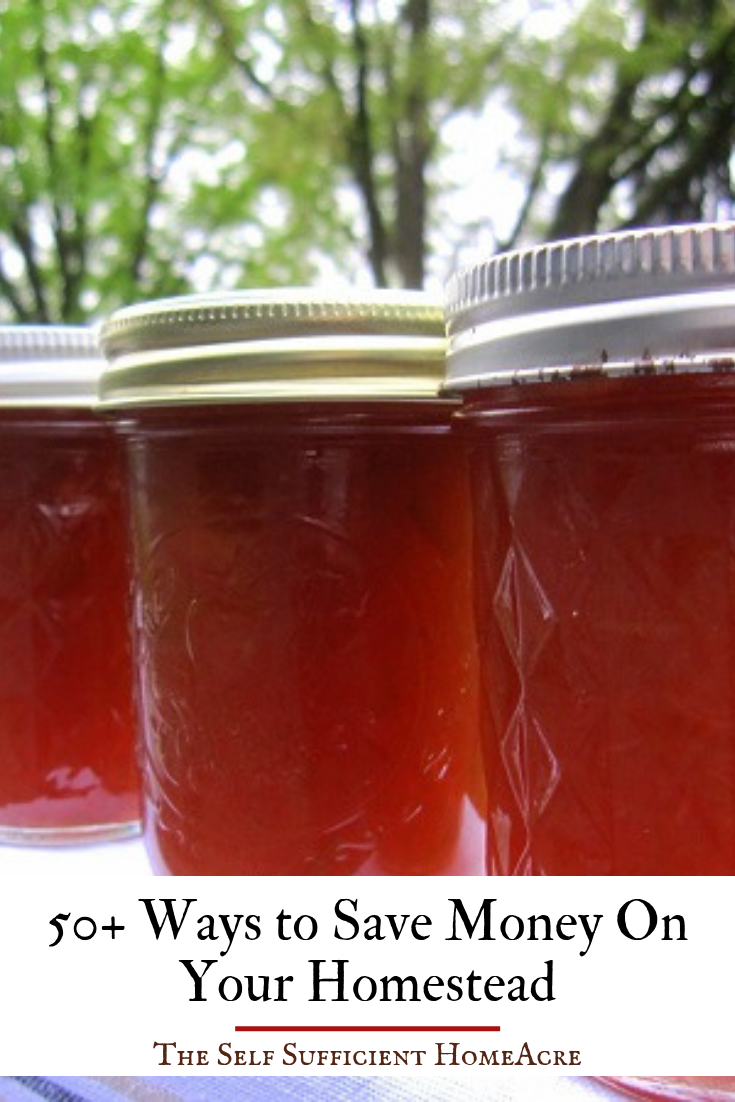
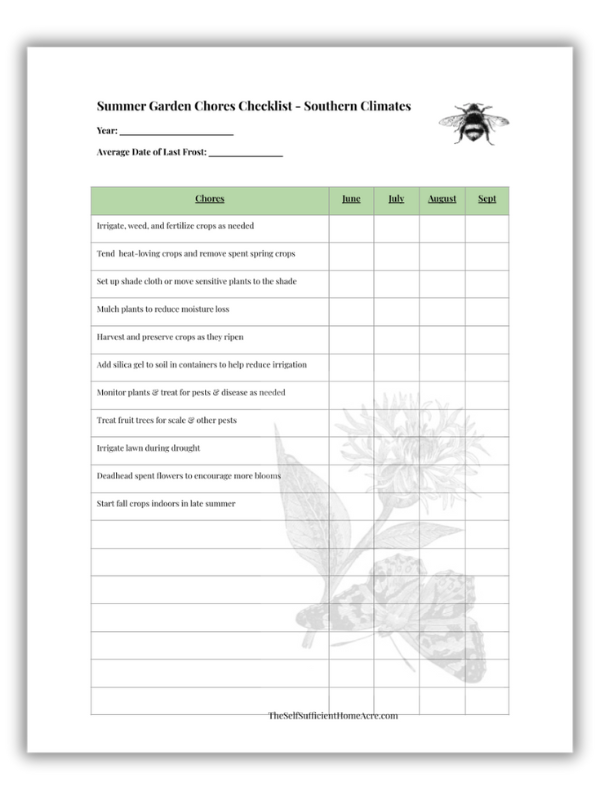

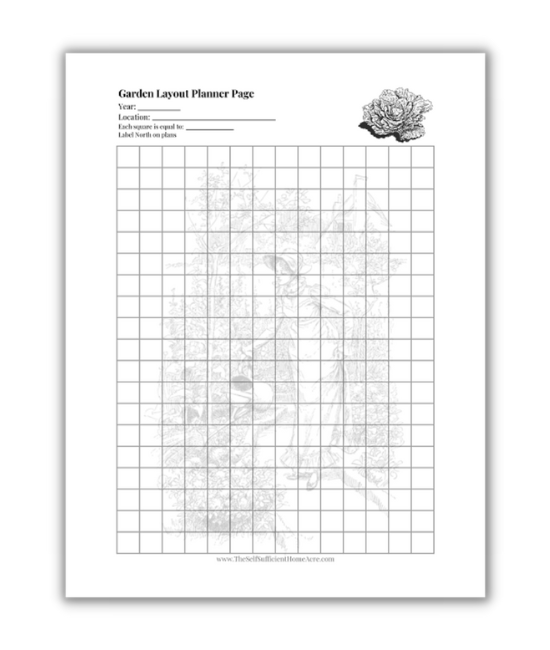

Thanks for these tips! We’re a ways away from frost, but I like to have a plan in mind. I love the tip about garden beds near buildings staying warmer! Wish I had a sweet shed like yours!
Hi Rachael,
I was talking to my sister in Fairbanks, AK this past weekend and they are experiencing fall weather…it made me think that there might be some folks getting ready for frost in our northern regions!
Thanks so much for stopping by and thanks for taking the time to comment on my post about early retirement!!
Hugs,
Debbie